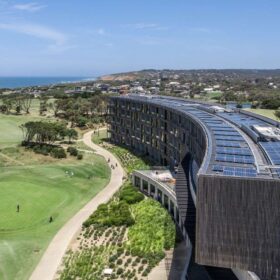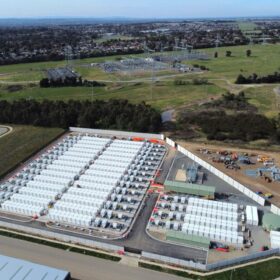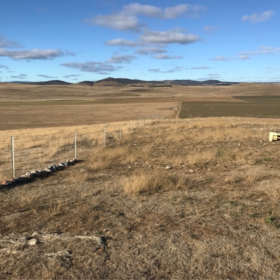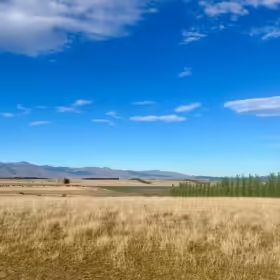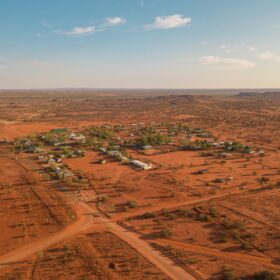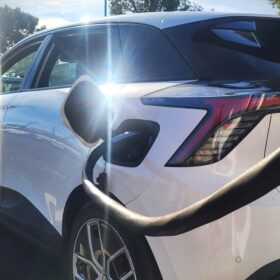Envirostream Australia signs battery recycling agreement with Hithium
Envirostream Australia, a subsidiary of chemical company Livium, has signed an exclusive recycling agreement with Hithium Energy to recycle lithium-ion batteries supplied by Hithium to Lightsource bp’s Woolooga solar farm in Queensland.
RACV adds virtual power plant services to suite of membership offerings
RACV has added virtual power plant (VPP) services to its catalogue of membership offerings and follows integration of the FCAS-friendly PowerSync platform with solar and battery installations at RACVs Torquay and Inverloch resorts in Victoria.
Where will lithium-ion battery prices go in 2025?
After tumbling to record lows in 2024 on the back of lower metal costs and increased scale, lithium-ion battery prices are expected to enter a period of stabilisation.
ZEN Energy, HDRE joint venture targets 1.4 GW of solar and storage
The scope of Zen Energy’s fledgling collaboration with Taiwan’s HD Renewable Energy has expanded with the two parties launching a joint venture that is targeting the development of 400 MW of solar and 1 GW of energy storage capacity in Australia.
Australian utility-scale battery deployment surges past solar, wind – falls short of requirements
Big BESS is booming in Australia, with almost 5 GW of projects under construction last year, according Rystad Energy. While encouraging, the analyst reports that the volume remains insufficient to overcome growing rates of renewable curtailment. “We have around 3 GW operational at the moment, but about half of that is still in commissioning. So you still only have 1.5 GW on the market where the average load is 23 GW,” Rystad Energy’s David Dixon said.
AVL wins EPA approval for vanadium project
Australian Vanadium Limited’s plan to establish a major vanadium mine in Western Australia’s mid-west have firmed up with its proposal receiving the tick of approval from the state’s Environmental Protection Authority.
Acen seeks green light for Cooma solar and battery project
Renewable energy developer Acen Australia is seeking federal government approval for a 100 MW solar facility and an 180 MW battery energy storage system to be built near Cooma in the New South Wales Snowy Mountains region.
Virtual power plants can compete in the energy market from 2027: AEMC
The Australian Energy Market Commission has released a final determination to allow virtual power plants to compete directly with large-scale generators in the energy market, scheduled to begin in 2027.
New Zealand grid-scale solar project gets thumbs down by community
Community submissions for a proposed utility-scale agrivoltaic solar farm on Aotearoa New Zealand’s south island, which would have the capacity to power 70,000 homes annually, has returned 75% against the development.
Research questions why microgrids are not ‘the norm’ in remote Australia
Researchers from four Australian universities have released a new paper questioning why solar microgrids are not ‘the norm’ in remote Central Australia, while energy insecurity prevails in very remote Aboriginal households.

